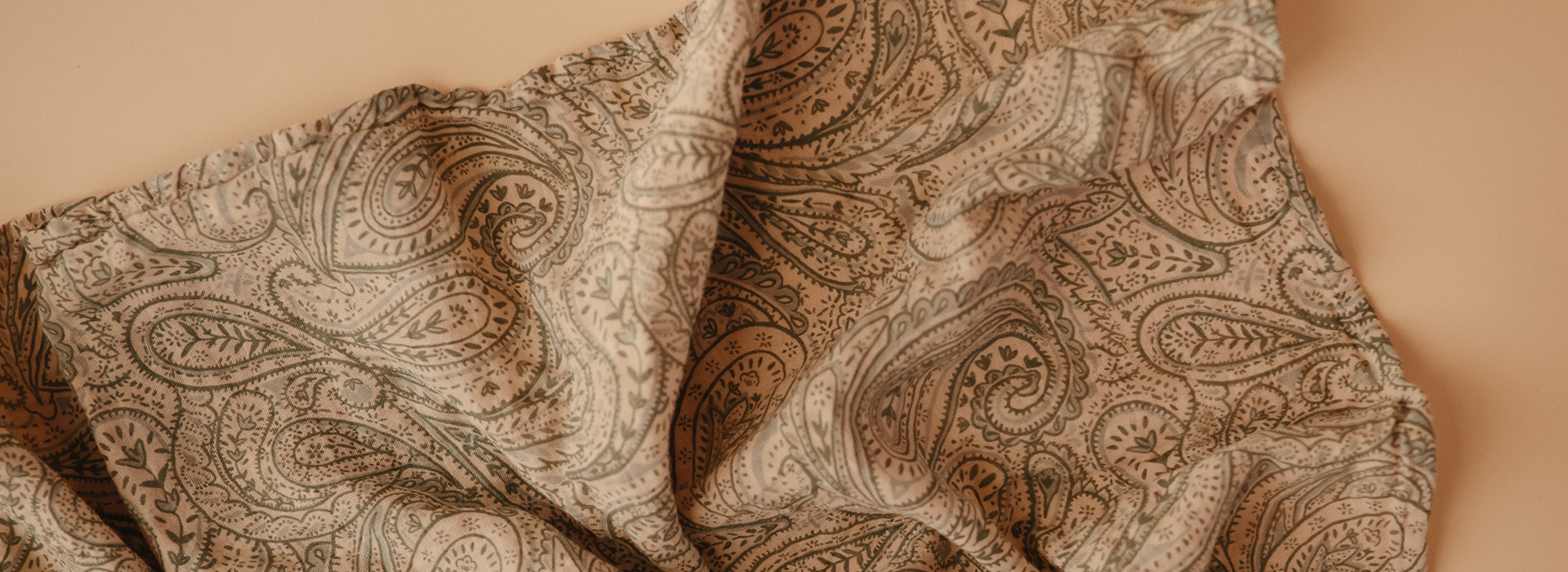Sustainable Packaging: A Step Towards A Greener FutureSustainable packaging refers to the use of materials and processes that have minimal impact on the |

- News
- Coming soon
- Mushie
- Mushie Showroom
- Mushie Care
- Mushie Dinnerware in PP-Plastic
- Mushie Dinnerware in Silicone
- Mushie Baby Food Freezer Tray
- Mushie Baby Spoons
- Mushie Fresh Food Feeder
- Mushie Silicone Bib
- Mushie Silicone Feeding Toddler Set
- Mushie Silicone Mat
- Mushie Silicone Puree Pouch
- Mushie Silicone Sippy Cup
- Mushie Silicone Snack Cup
- Mushie Silicone Starter Cup
- Mushie Silicone Training Cup + Straw
- Mushie Stay-put Silicone Bowl
- Mushie Stay-put Silicone Plate
- Mushie Toddler Ice Pop Tray
- Mushie Pacifier Clips
- Mushie Playful Learning
- Mushie Baby Rattle Toy
- Mushie Bath Cup
- Mushie Bath Play Set
- Mushie Building Toy Set
- Mushie Coin & Tube Sorting Set
- Mushie Foam Bath Puzzle
- Mushie Key Toy
- Mushie Milestone Cards
- Mushie Mix and Match Toy Set
- Mushie Nesting Toy
- Mushie Posters
- Mushie Press Toy
- Mushie Rainbow
- Mushie Reusable Books
- Mushie Ringtower
- Mushie Shape Sorting Box
- Mushie Stacking Cups
- Mushie Suction Toy
- Mushie Tea Play Set
- Mushie Wooden Toys
- Mushie Teethers
- Mushie Textile
- Mushie Baby Blanket
- Mushie Baby Carrier Wrap
- Mushie Baby Clothes
- Mushie Baby Garland
- Mushie Bath Mitt
- Mushie Burp Cloth
- Mushie Changing Pad Cover
- Mushie Crib Pocket
- Mushie Crib Sheet
- Mushie Drool Bib
- Mushie Long Sleeve Bib
- Mushie Lovey Cuddle Blanket
- Mushie Muslin Cloth
- Mushie Muslin Cotton Washcloth
- Mushie Robe
- Mushie Sleep Bag
- Mushie Splat Mat
- Mushie Swaddle
- Mushie Toddler Backpack
- Mushie Towel
- Mushie Wet Bag
- FRIGG
- FRIGG Showroom
- FRIGG Autumn Collection
- FRIGG Limited Summer Collection
- FRIGG 2-Pack Pacifiers
- FRIGG 2-Pack Pacifiers - Latex
- FRIGG 2-Pack Pacifiers - Silicone
- FRIGG Butterfly Pacifiers - 2-Pack Silicone
- FRIGG Daisy Pacifiers - 2-Pack Silicone
- FRIGG Fairytale Pacifiers - 2-Pack Silicone
- FRIGG Little Viking - 2-Pack Silicone
- FRIGG Lucky Pacifiers - 2-Pack Silicone
- FRIGG Moon Phase - 2-Pack Silicone
- FRIGG Night Pacifiers - 2-Pack Silicone
- FRIGG Rope Pacifiers - 2-Pack Silicone
- FRIGG Butterfly Pacifiers
- FRIGG Daisy Pacifiers
- FRIGG Fairytale X H.C. Andersen Pacifiers
- FRIGG Little Viking Pacifiers
- FRIGG Lucky Pacifiers
- FRIGG Moon Phase Pacifiers
- FRIGG Rope Pacifiers
- FRIGG Night Pacifiers
- FRIGG Multipack Pacifiers
- FRIGG Baby's First Pacifier
- FRIGG 2-Pack Pacifiers
- FRIGG 2-Pack Pacifiers - Latex
- FRIGG 2-Pack Pacifiers - Silicone
- FRIGG Butterfly Pacifiers - 2-Pack Silicone
- FRIGG Daisy Pacifiers - 2-Pack Silicone
- FRIGG Fairytale Pacifiers - 2-Pack Silicone
- FRIGG Little Viking - 2-Pack Silicone
- FRIGG Lucky Pacifiers - 2-Pack Silicone
- FRIGG Moon Phase - 2-Pack Silicone
- FRIGG Night Pacifiers - 2-Pack Silicone
- FRIGG Rope Pacifiers - 2-Pack Silicone
- FRIGG 4-Pack Pacifiers
- FRIGG 6-Pack Pacifiers
- FRIGG 4-Pack Pacifiers
- FRIGG 6-Pack Pacifiers
- About us
- Fairs
- Contact
0Favorites
Search
Log in
0
Basket
0,00






